Is Starlink Finally Ready for RV Mobile Internet?
It has been an exciting couple of years watching Starlink come to fruition. Just in the past few months, Starlink has gone from being an interesting option – to being a practical, and in some ways, really awesome option, for use in RVs.
Starlink is the next generation of satellite internet. Previous versions of satellite internet were geostationary, with one satellite up in the sky 26,000 miles away, causing high latency and lots of limitations.
But Starlink consists of thousands of low earth orbit satellites that are much closer to the ground. The satellites are actually moving overhead, and the Starlink Dishy receiver has very advanced antennas that are electronically aimed at and can track all of those satellites in the sky.
It’s pretty advanced technology, and Starlink’s aim is to bring the internet to places that haven’t previously had it. So far they have been targeting rural residential installations,
and the equipment available today is technically residential equipment – but it is able to be used in a portable fashion.
True mobility options from Starlink are slated for the future but if you want to hop on the Starlink train now, the options are becoming a lot more interesting.
Service Portability
Initially, when you signed up with Starlink, you had to have a registered service address, and the Starlink equipment would only connect within a few miles of your registered service address. Some nomads were able to work around that by changing their service address as they moved, but that required being able to find an open address at their new location.
As of May 2022 however, Starlink has officially enabled Service Portability for an extra $25/month, which means you can still connect even if you’re thousands of miles away from your registered address.
Space X’s Terms of Service (TOS) state that Service Portability away from your home address is on a “best-effort” basis, and only on a temporary basis. This means it may not work everywhere, and it may not work at the same priority as somebody who is at their home service address. And if you stay for an extended amount of time without changing your service address, your service can become even more degraded.
Getting Starlink
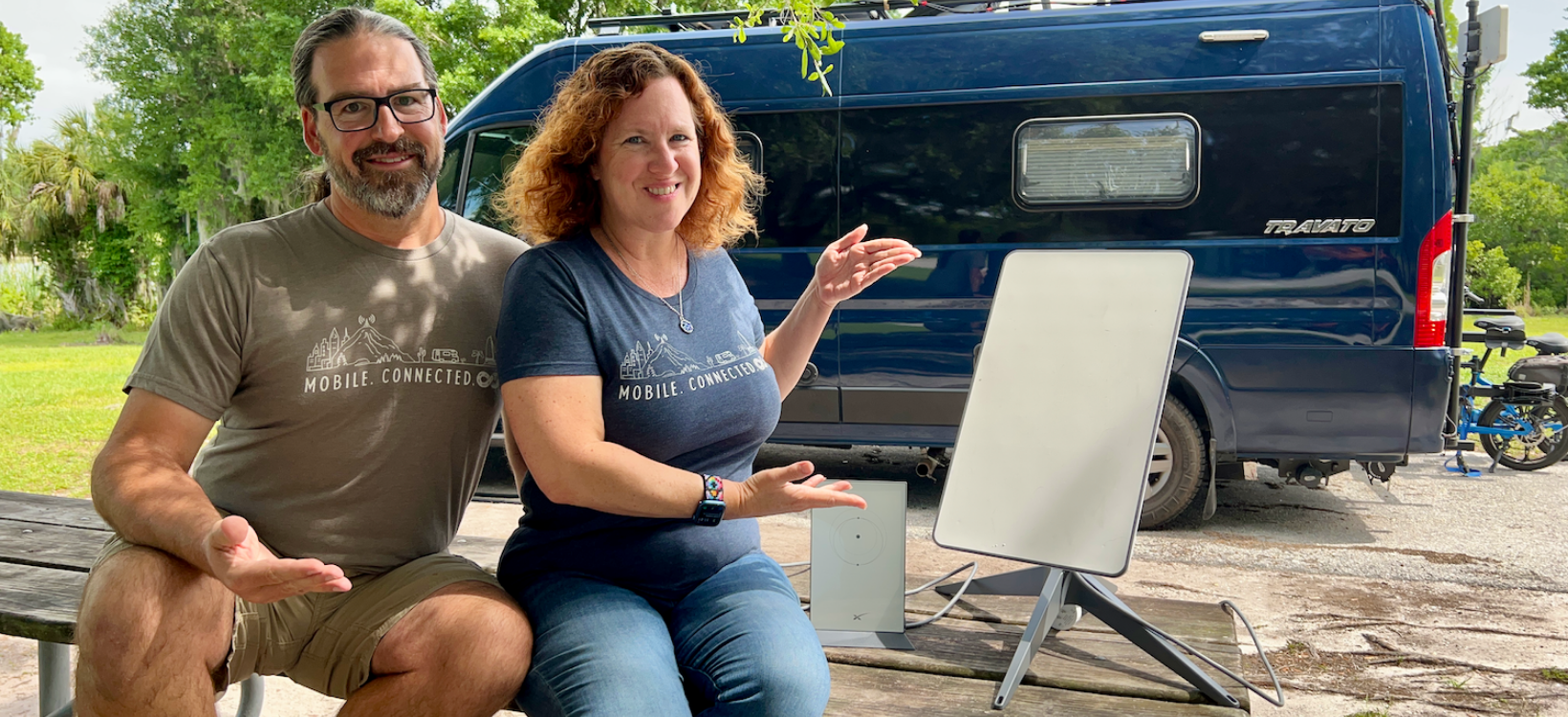
If you go to Starlink’s site and enter your current (or official/legal) address, you may see a message that states service in your area won’t be available until the end of 2023.
But if you don’t want to wait that long, there is a little trick that can help you get it faster: your service address does not have to match your shipping address or even your usage address.
Starlink has a map on their website that shows areas where their service is available. When you click on that map, you can scroll around and find an area where there is open capacity. Find an address or a Google Plus code in that area, and then use that as your service address. Then simply set your shipping address to the address where you want to receive your equipment.
If you will be in one location for an extended period of time though, you will not be subject to that “best-effort” clause in the TOS, which means you will then have priority service.
Starlink’s TOS also state that if you are at an address other than your service address for an extended period of time, you are required to update your address or face being even further deprioritized. However, you may find that there is not capacity available to officially move your address, or move your address back to another location you frequent later.
Starlink Cost
The Starlink hardware costs $599 plus $50 shipping, which includes the Dishy, router, cabling, base and other miscellaneous items.
Service costs are $110/month for a fixed location or $135/month to enable Portability if you want to move locations. This includes unlimited data with no throttling, but when away from your service address you are subject to ‘best effort’ availability.
Prices are not locked in and there are no contracts, and there have already been price increases that impact even existing customers since Starlink was launched.
There is currently no option to suspend your service. So if you are part-time or only need it at certain times, you will need to decide if you want to keep it active or are willing to cancel… and hope that you are able to get service again in the future.
Where does Starlink work?
Starlink is currently available in about 25 different countries, including most of the continental US, most of Mexico, and the southern parts of Canada. Alaska does not yet have coverage nor does northern Canada or southern Mexico, including Baja. International waters are also not currently covered.
As Starlink launches more satellites and puts more orbital shells into place, eventually they will cover more locations.
All 1st generation satellites were dependent on ground stations that you needed to be within a few hundred miles of. But the newest satellites that are launching now use lasers to relay connections from satellite to satellite to satellite, and then down to a ground station. Once there are enough laser-equipped satellites–maybe by the end of 2022–Starlink will have truly global coverage.
For international travel, service portability enables travel within the same continent.
Starlink Considerations
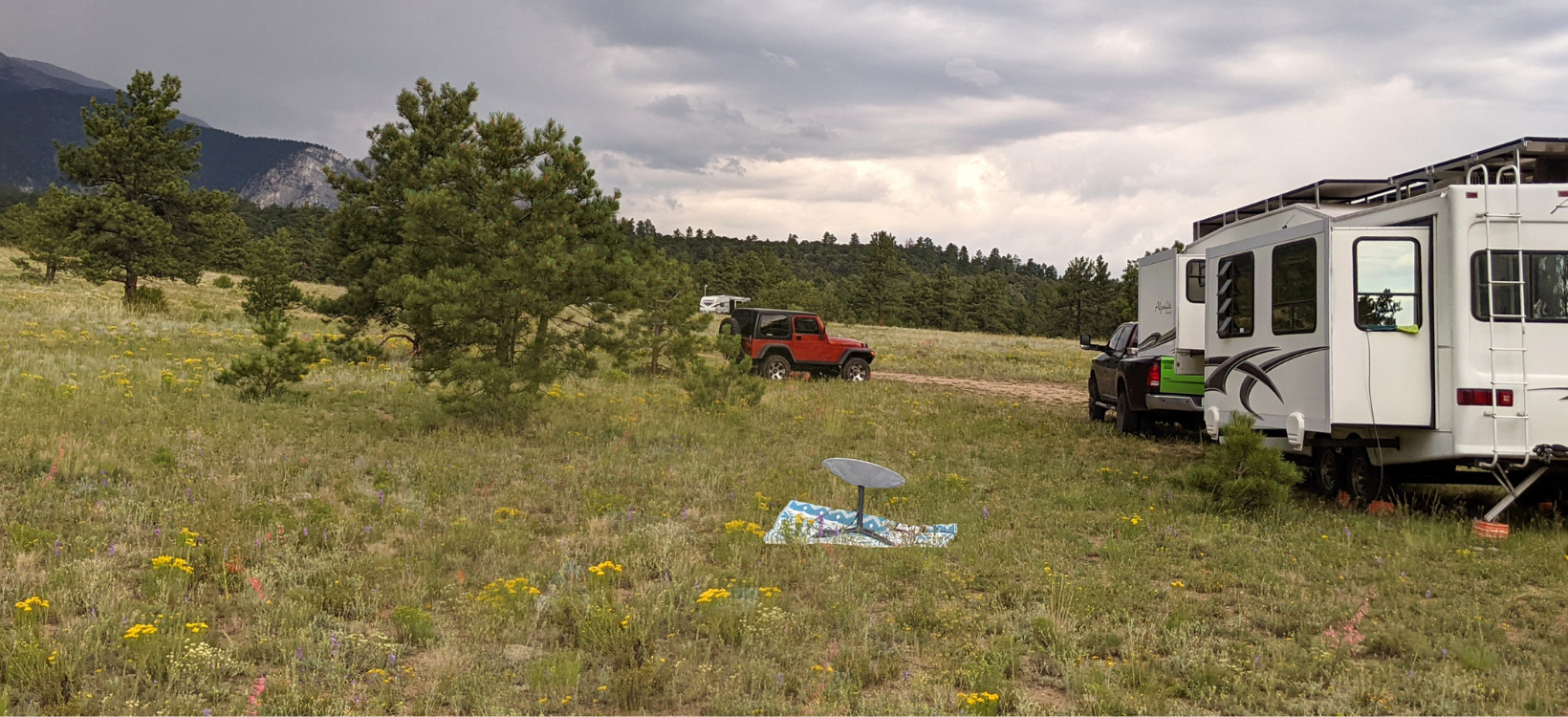
Even though Starlink has some amazing capabilities, there are still some considerations that might not make it the perfect solution for everybody.
The biggest consideration is physical obstructions. Starlink requires a very wide, clear view of the northern sky. Obstructions like trees or mountain ridges can lead to drops in coverage.
If you’re curious about the effect of obstructions in your area, the Starlink app will give you an augmented reality view to check your particular location.
The next consideration is power usage. The current Starlink setup can use 40-50 watts of power – which is a lot more than a typical hotspot or router. If you’re not plugged into electricity at an RV park, you’ll need a robust solar or battery setup, or you may need to run your generator, to provide enough power to run the system.
Another consideration is network capacity. Starlink satellites do not have infinite amounts of capacity. They are covering huge areas, and just like cell towers, as more customers are added, there will be congestion. When traveling away from a registered service address, service will be at a lower priority and this may be more heavily felt in congested markets.
SpaceX does offer a premium business service with higher network priority – but it costs five times as much as normal service. As their network gets busier over time, it will be interesting to see how significant the congestion issues will become.
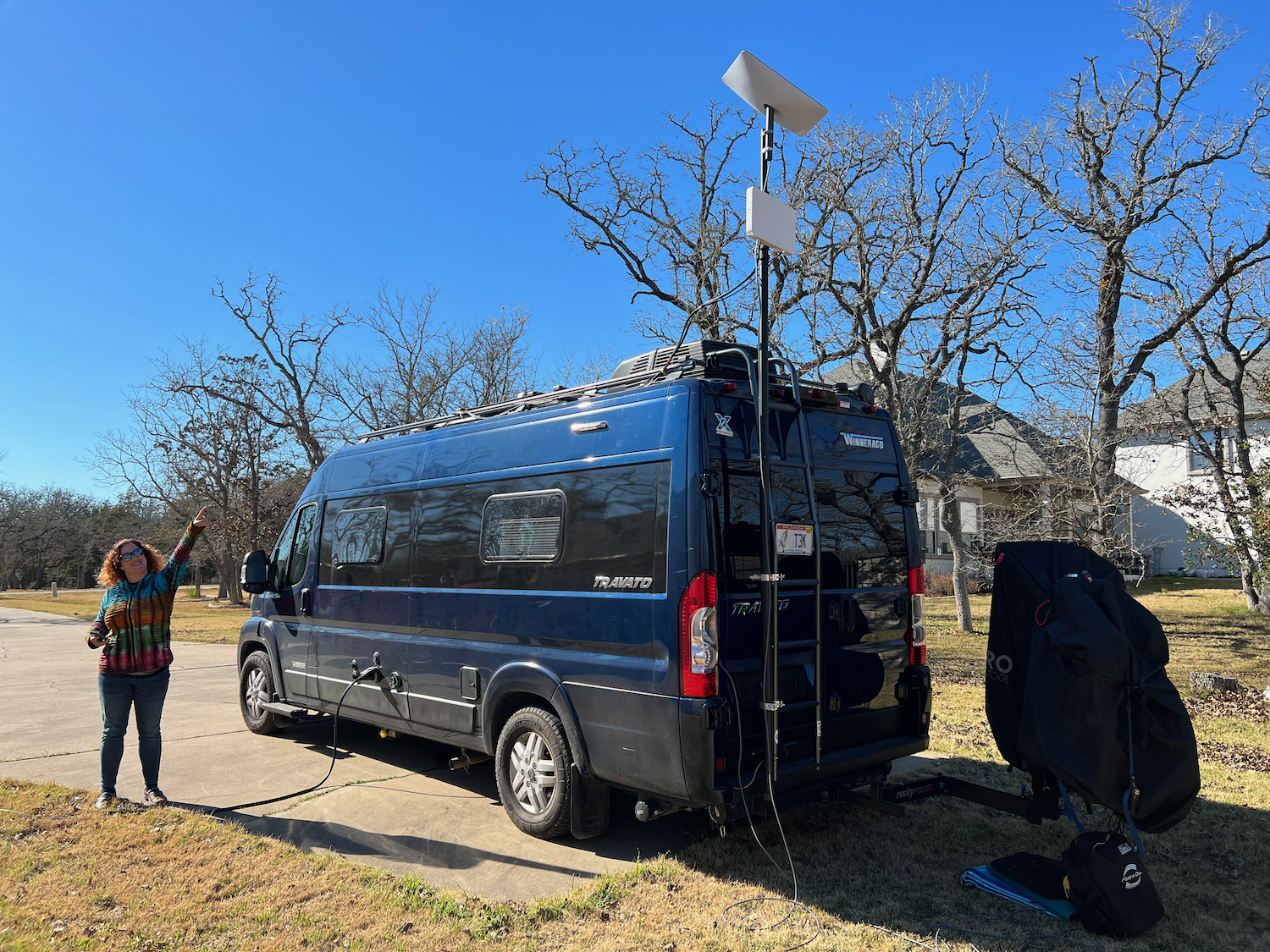 And lastly, the equipment itself is much larger than a hotspot or router, and it takes up a lot of storage space. Installing it and putting it up at each location takes time. But if you have the extra room and power, this can be a great part of your mobile internet arsenal.
And lastly, the equipment itself is much larger than a hotspot or router, and it takes up a lot of storage space. Installing it and putting it up at each location takes time. But if you have the extra room and power, this can be a great part of your mobile internet arsenal.
But for most nomads, it probably won’t be the only part of an mobile internet arsenal.
In particular, Starlink and cellular work really well together, particularly when you bond or load balance them. One system can fill in if the other one is struggling. (If you’re interested in learning more about securing a reliable cellular source of internet, check out this article from the Mobile Internet Resource Center team!)
Things with Starlink are rapidly changing and evolving, in fact this article had to be updated just before publishing! To make sure you’re up to speed, refer to our free guide that is kept constantly up to date at rvmobileinternet.com/starlink for further information and details.
Did you like this post? Pin it on Pinterest!
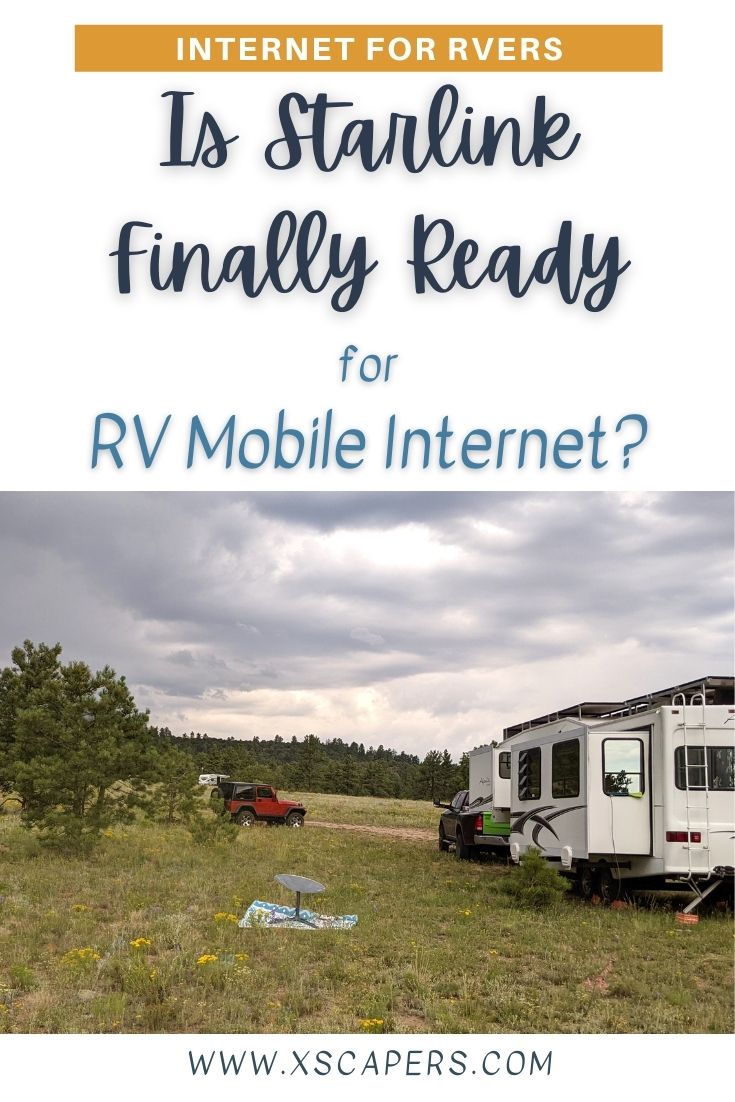
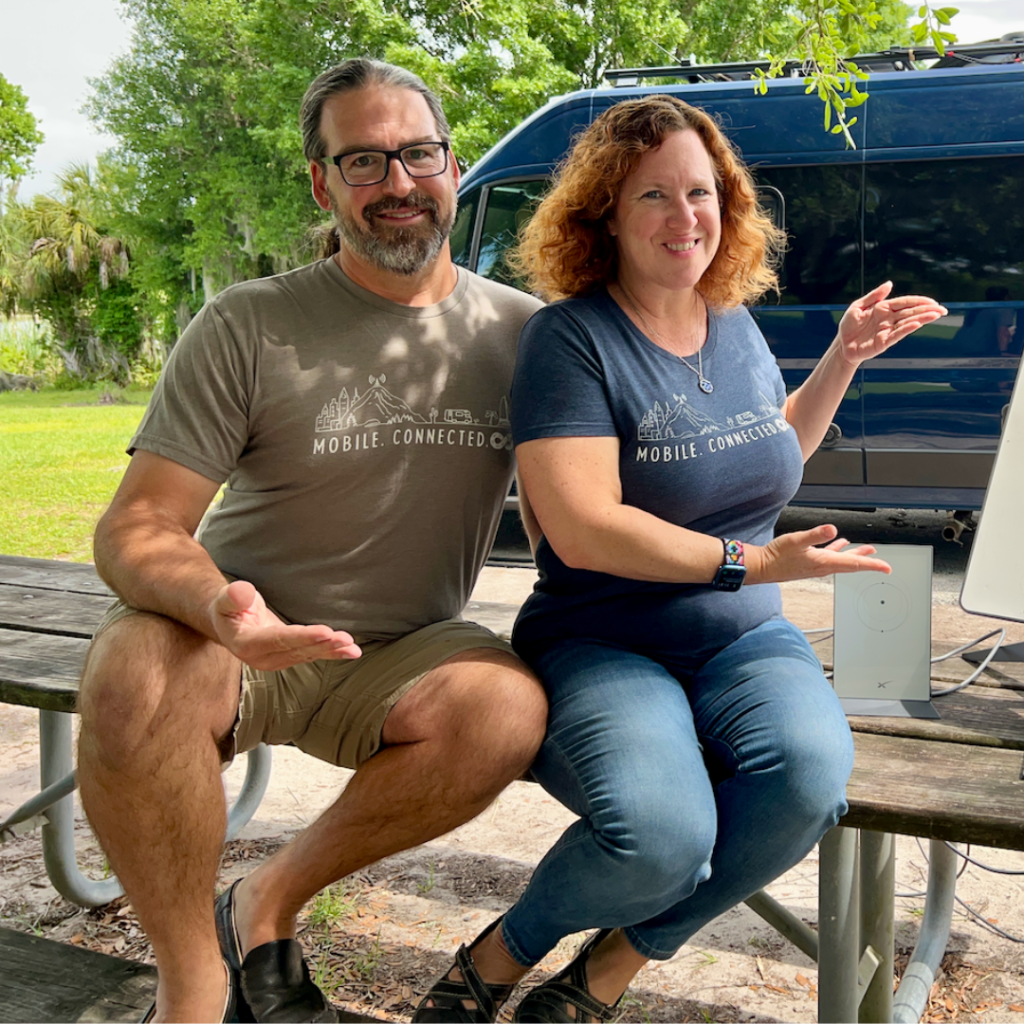
Authors
Cherie Ve Ard and Chris Dunphy
Cherie Ve Ard and Chris Dunphy of Technomadia.com have been living and working full-time on the road since 2006, and Internet connectivity has been essential to them every step of the way. To help other RVers with the challenges of staying connected, in 2014 they launched RVMobileInternet.com to provide unbiased information, reviews, resources and tutorials to help us all stay better connected on the road.

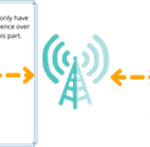 Previous Post
Previous Post Next Post
Next Post
Great job. How robust on the bank of batteries? I have 200ah 2000 inverter. 350 w of solar.